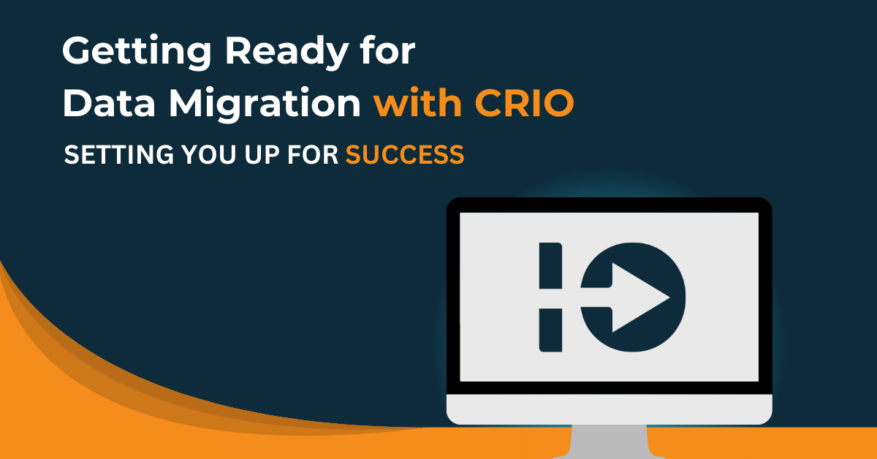The Patient Safety Impact of Medical Record Delays in Clinical Trials

In clinical trials, patient safety is paramount. Once a subject is randomized into a clinical trial, they undergo a series of treatment procedures. Any changes in their medical status, including alterations in medication or occurrence of Adverse Events (“AEs”), need to be recorded. These changes are typically noted by site staff in a document known as the source binder. The source binder serves as a reference point and record of all participant-related changes and interactions throughout the trial.
Handling Adverse Events
However, when a subject reports an AE, it adds an additional layer of complexity to this process. The treatments under testing could potentially cause Adverse Events (AEs), which can range from mild symptoms to severe medical conditions. Site staff must obtain the underlying medical records associated with these events so that the Principal Investigator (PI) can assess the event’s causality, severity, and implications on the study treatment. The task of acquiring these additional medical records can be laborious and time-consuming. Subsequently, this leads to delays in the evaluation and potential response to these events. It’s not uncommon for site staff to make up to three contacts and wait for three weeks to obtain relevant records.
Patient Safety Risks
These delays represent a major patient safety risk. The slower the process of obtaining and reconciling records, the greater the lag between an AE occurrence and its assessment. This could potentially delay necessary modifications to the treatment protocol or, in severe cases, the immediate cessation of a participant’s involvement in the trial.
Moreover, these delays also have implications for the overall efficiency and timeliness of clinical trials. Extended record retrieval time can inflate trial duration and costs by diverting critical resources.
The Solution
Addressing this challenge requires a multi-pronged approach. This includes enhancing the interoperability of Electronic Health Record (EHR) systems, streamlining workflows, and employing advanced technology solutions. Improving interoperability facilitates rapid access to patient data, reducing the time required to obtain relevant records. Streamlining workflows reduces bottlenecks and inefficiencies, improving overall operational speed. Technology solutions, such as CRIO’s Medical Records API, can help automate and accelerate the data acquisition and reconciliation process.
CRIO’s Medical Records API enables sites to obtain the patient’s consolidated health record across multiple institutions within minutes, with 90% success rate. Furthermore, it allows PIs to confirm, review, and annotate the information before populating the study source records, and hence the EDC. This workflow is critical, since the PI’s interpretation of the record, in conjunction with the patient’s self report, form the clinical basis of the PI’s assessment of the AE.
Final Thoughts
While the delay in obtaining and reconciling medical records poses a significant challenge to patient safety in clinical trials, cutting-edge solutions can help mitigate these risks. By enhancing data accessibility and streamlining processes, clinical trials can ensure patient safety, improve efficiency, and deliver more reliable results.
Schedule a demo to explore how CRIO eSource and CRIO’s powerful new Medical Records API supports patient safety in your clinical trial.
Download the full white paper: Health Information & Clinical Research Integration: The Challenge
Read More: Navigating Medical Records Acquisition in Clinical Trials
Read More: Addressing the Challenge of Inaccurate and Incomplete EHRs in Clinical Research




